Are you ever fascinated by the diverse landscapes and rugged beauty of Montana? Well, this picturesque state has a lot more to offer than just breathtaking views.
This article dives into the fascinating realm of Montana’s economy, exploring the opportunities and challenges that shape this dynamic region.
We’ll unravel key insights about Montana’s economic growth, personal income, and industry trends.
Are you ready to explore the vibrant intersections of Montana’s natural wonders and bustling economy? Buckle up for an enthralling ride!
Montana Economy: At a Glance
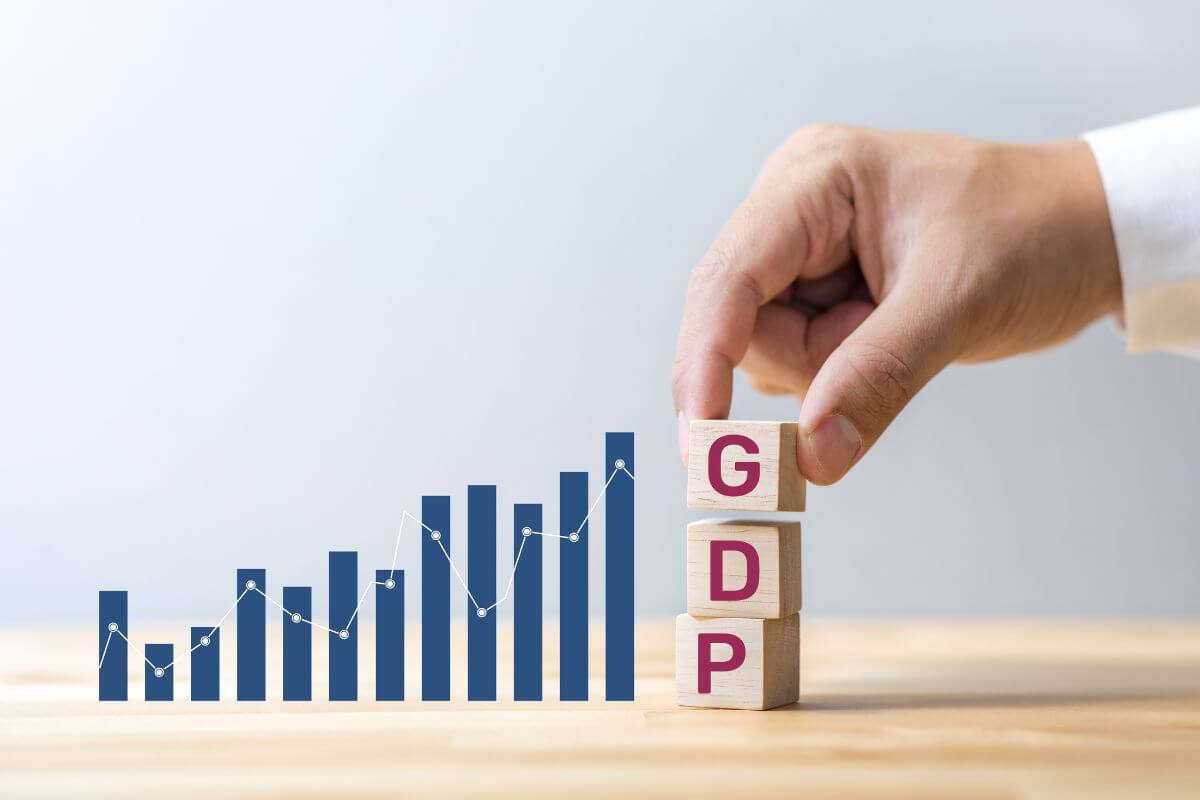
The table presents an overview of Montana’s economic growth in 2021 according to its official state website.
It showcases various positive economic growth trends such as real GDP growth, personal income growth, low unemployment rates, and faster employment growth.
The data reflects the state’s economic resilience and progress across multiple industries.
| Montana’s Economic Growth in 2021 | Key Points |
| Real GDP Growth | 6.7% (7th largest in the country) |
| Personal Income Growth | 8.5% (Fastest increase in 15 years) |
| Total GDP | $59.3 billion (Current dollars) |
| Strongest Industry Growth | Leisure Activities (22% growth rate from 2020) |
| Largest GDP Sector | Finance and Real Estate ($11.2 billion) |
| Notable Contributors to GDP Growth | Professional and Business Services, Finance, Manufacturing |
| Per Capita Personal Income Growth | 8.5% (Largest increase since 2006) |
| Unemployment Rate (as of March 2022) | Record low of 2.3% (4th lowest in the nation) |
| Job Creation Since November 2020 | Nearly 26,000 jobs created |
It’s also worth mentioning the role of educational institutions like Montana State University (MSU) and Montana Tech in bolstering the state’s economy.
In 2011, concrete evidence of this economic impact was brought to light through an article by the MSU News Service.
The article revealed that the four Montana State University campuses collectively generated 13,500 jobs and an impressive $1 billion in economic output based on the MSU Economic Impact Report.
That shows the significant influence of the state’s colleges on Montana’s economic landscape.
Montana Economy Opportunities: The State’s Major Economic Sectors
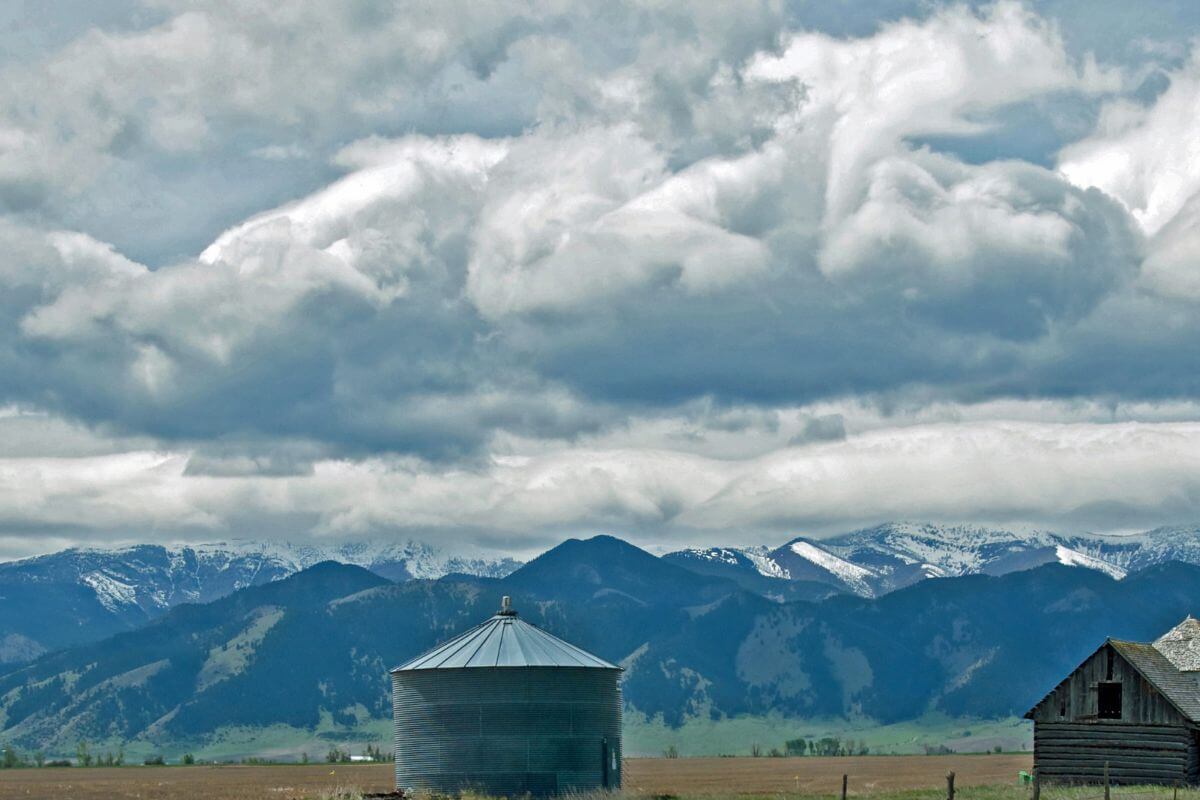
From the sprawling agriculture industry that sustains communities and feeds the nation, to the bountiful natural resources that fuel energy production and support manufacturing, Montana’s economic landscape is one of diverse potential.
These sectors, each with their distinctive strengths and allure, provide a nuanced tapestry of possibilities for fostering economic growth and prosperity across the state.
Montana Agriculture
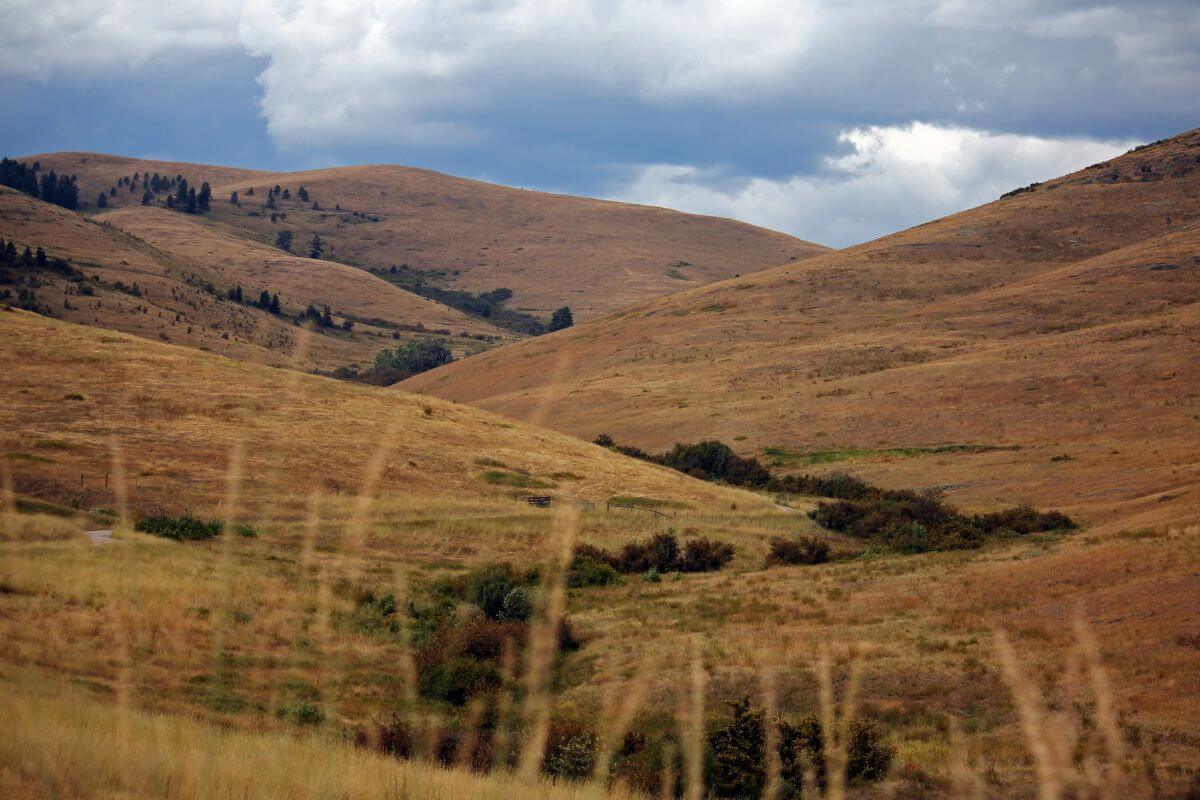
With an abundance of fertile land and favorable climate conditions, Montana’s agriculture industry thrives, contributing significantly to the state’s economic prosperity.
Statistically, the state boasts a population of 1.1 million people and 58.1 million acres of land dedicated to farming.
The vast expanse of land sees widespread agricultural production, with 62% of Montana’s total land area dedicated to this sector.
The state’s agricultural output encompasses a wide range of products, including beef cattle, sheep, grains, sugar beets, potatoes, and fruit, cultivated in various regions throughout the state.
As of early 2022, Montana recorded approximately $4.7 billion in agricultural cash receipts, underscoring the industry’s significant contribution to its economy.
Montana Mining
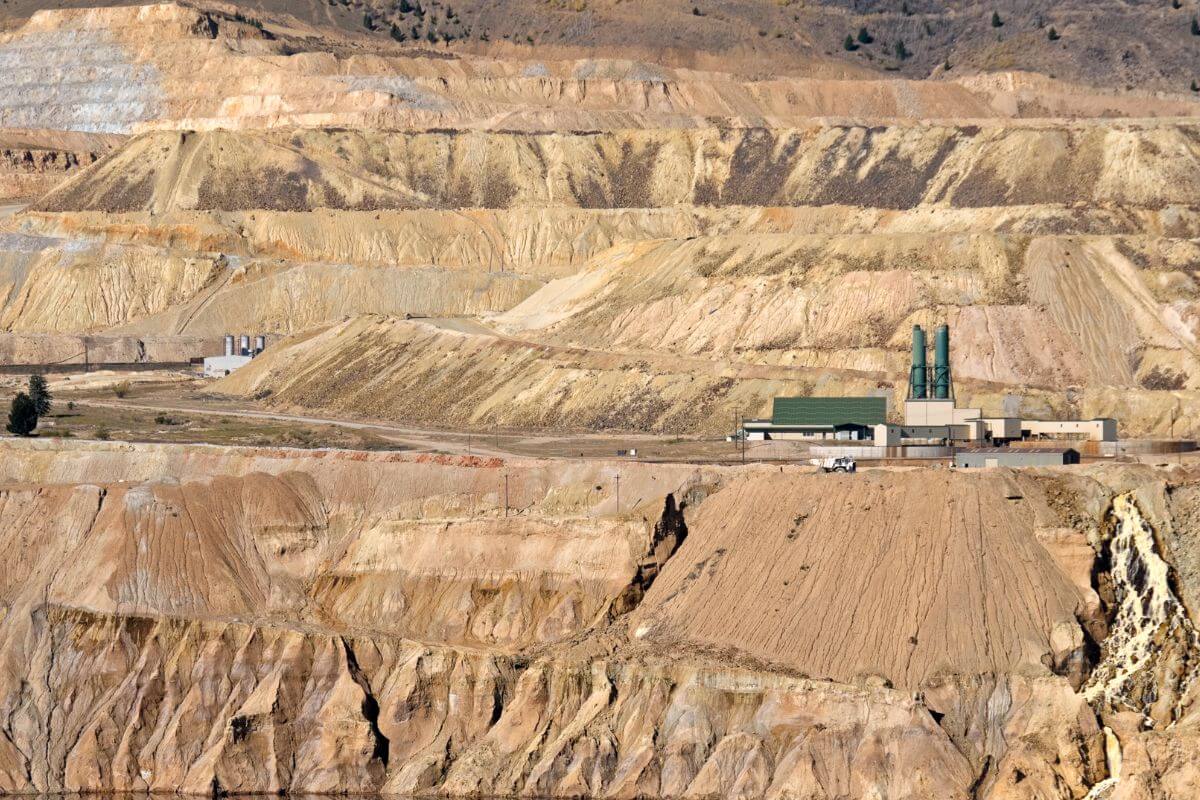
As we journey through Montana’s vast landscapes, the undeniable influence of the state’s natural resources on its thriving economy comes into sharp focus.
Hidden beneath the state’s surface lies a treasure trove of untapped wealth, from precious minerals like palladium, platinum, and gold to the richness of talc, copper, molybdenum, and garnets.
These invaluable resources, meticulously extracted through mining operations, not only fuel Montana’s economic growth but also invigorate the broader manufacturing and industrial sectors.
The profitability of mining companies and the substantial labor earnings derived from this sector stand as powerful pillars of the state’s economic prowess.
Montana Energy
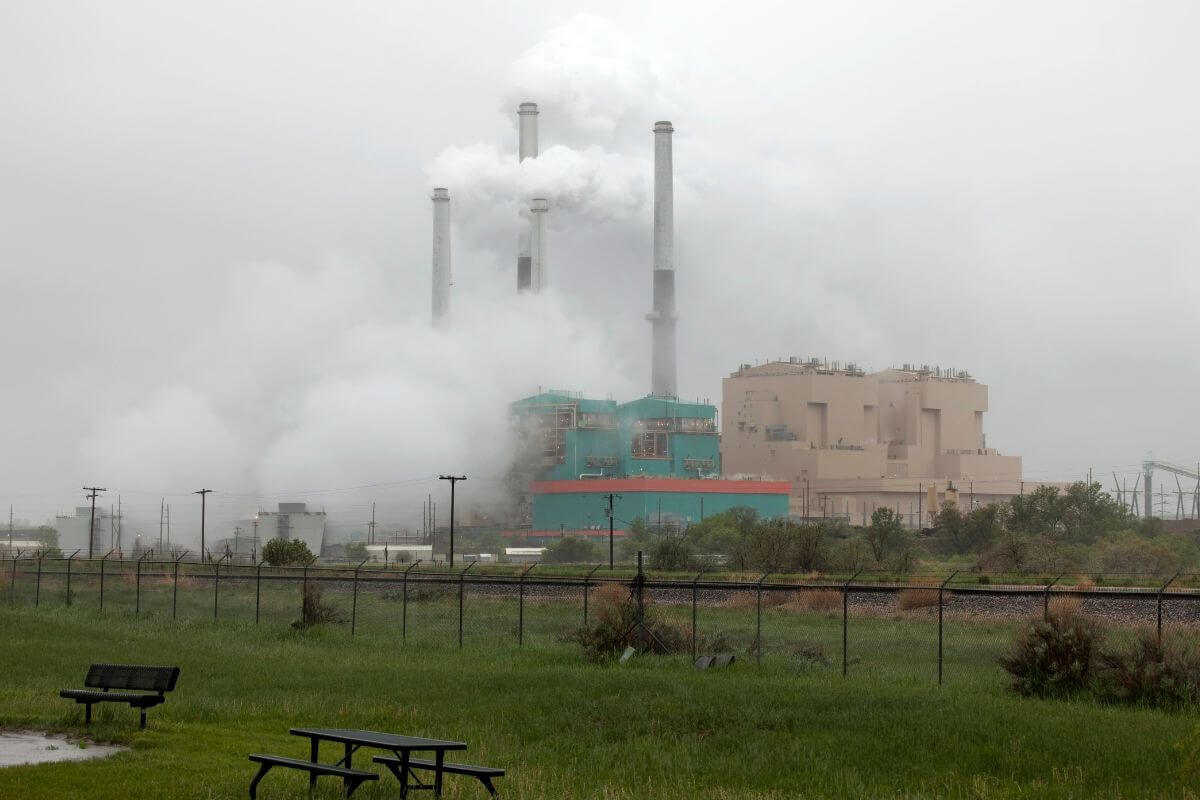
The dynamic force of the state’s energy sector continues to propel its thriving economy forward.
Montana’s coal-fired power plants lead the charge in boosting its economy, providing 42% of in-state electricity generation.
It is followed closely by hydropower at 38%, with wind power and natural gas each contributing 15% and 2%, respectively.
Additionally, Montana’s energy sector boasts petroleum coke at nearly 2%.
- Learn more about Montana’s Petroleum Production
The revenue generated from these energy resources significantly bolsters the national economy.
It fuels economic growth through diverse industries like mining, manufacturing, and construction, which heavily rely on abundant energy resources.
This robust energy presence translates into job opportunities for Montanans, offering employment prospects in skilled engineering, technical roles, labor, transportation, logistics, and support services.
Montana positions itself as a key player in the nation’s energy landscape, shaping a sustainable and prosperous future for the state and beyond as it harnesses its energy resources to drive economic development.
Montana Tourism
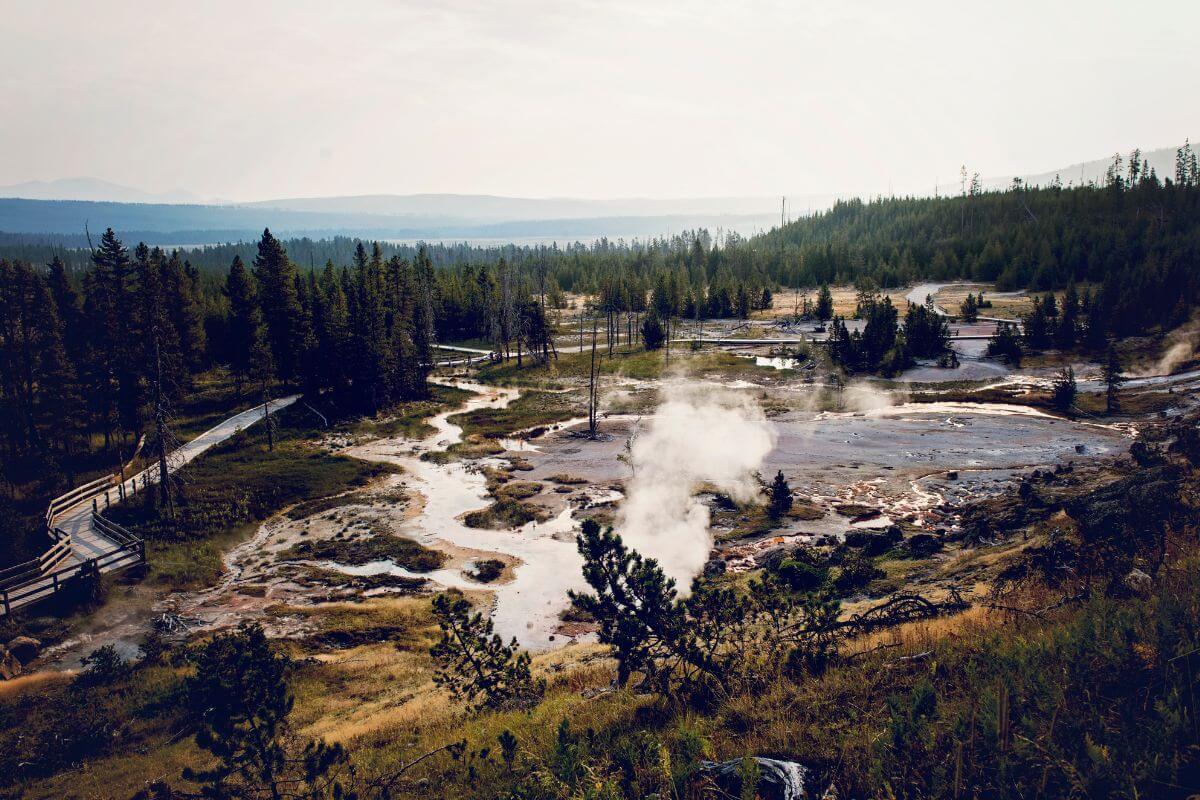
Montana’s tourism industry stands as a driving force for the state’s economy, attracting non-resident visitors who contribute significantly to local prosperity.
The allure of Montana’s majestic landscapes, including Glacier National Park and Yellowstone National Park, beckons travelers from far and wide.
Adventure enthusiasts find joy in activities such as fishing, hunting, hiking, skiing, and river rafting, offering thrilling experiences across the state.
Key tourism statistics reveal the impact of non-resident visitation, with 12.522 million visitors contributing a staggering $5.15 billion to Montana’s economy.
- Learn more about the Revenue Generated by Montana Tourism
In turn, this supports 47,810 jobs and generates $1.305 billion in direct salaries.
Additionally, state and local taxes benefit from non-resident spending, amounting to $387.84 million.
The ripple effect of this spending is impressive, directly supporting $4.42 billion of economic activity in Montana and indirectly supporting an additional $3.14 billion.
The total contribution of non-resident spending to Montana’s economy in 2021 reached a remarkable $7.56 billion.
Regions like Yellowstone County exemplify how tourism fuels economic growth.
A steady flow of visitors creates more jobs, strengthening the local workforce and fostering prosperity within the community.
Montana’s natural beauty and the allure of outdoor activities not only captivate travelers but also drive the state’s economy.
Montana Timber
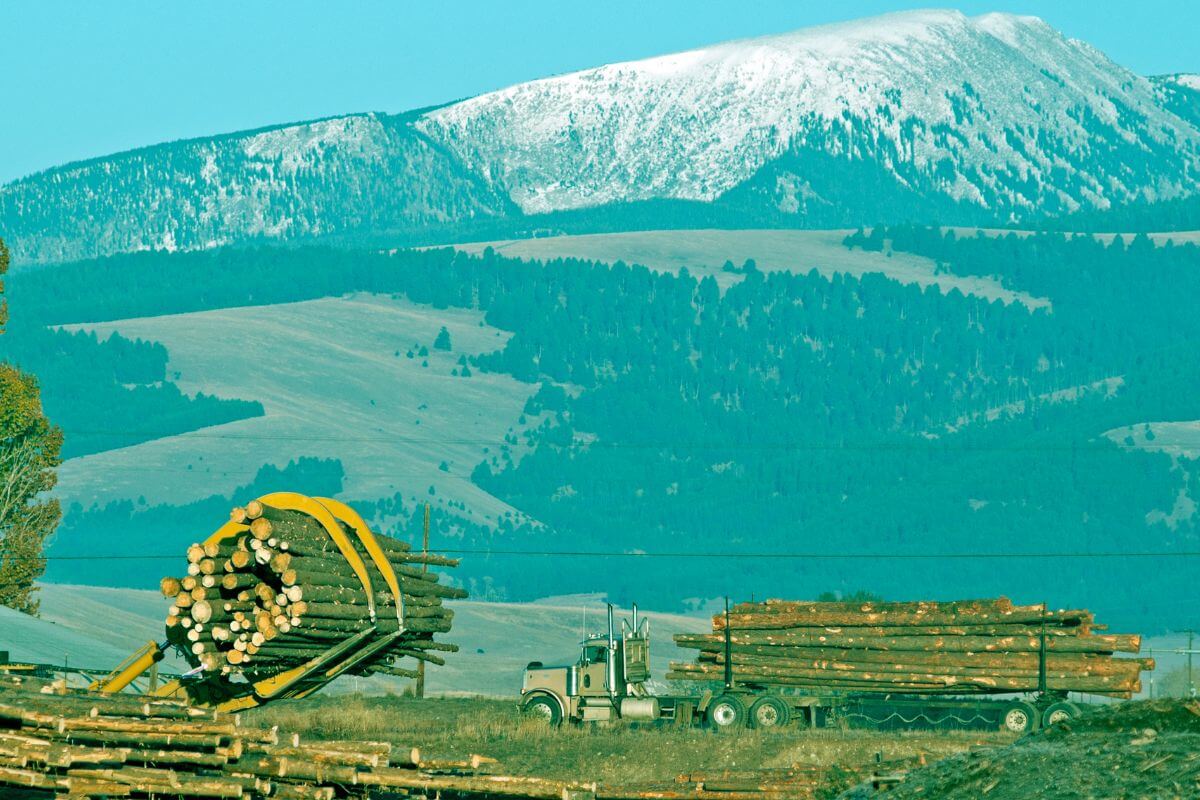
Montana’s timber industry is made up of key players such as logging companies, sawmills, and timber product manufacturers.
These players are responsible for the production of timber products, ranging from lumber and plywood to paper and pulp.
With an impressive annual production statistic, Montana’s timber sector plays a crucial role in meeting regional and national demands.
Beyond the economic impact, it also provides employment opportunities for local communities.
From loggers to mill workers, the sector supports 6,530 jobs across the state, contributing to personal income and fostering a sense of community and stability.
Montana has 19.8 million acres of productive, non-reserved timberlands, and 860,000 acres of industrial and managed timberland are third-party certified for sustainable practices.
Furthermore, forestry ranks 3rd in the state’s economic impact, and 77% of the energy used in its forest products industry is renewable wood energy produced and consumed on-site.
Montana’s timber industry presents exciting opportunities for growth.
Innovations in sustainable forestry practices and the development of new value-added timber products can drive the industry forward.
Additionally, exploring export markets and expanding the reach of Montana timber products can open doors to new revenue streams and create more job opportunities.
Montana Economy Challenges
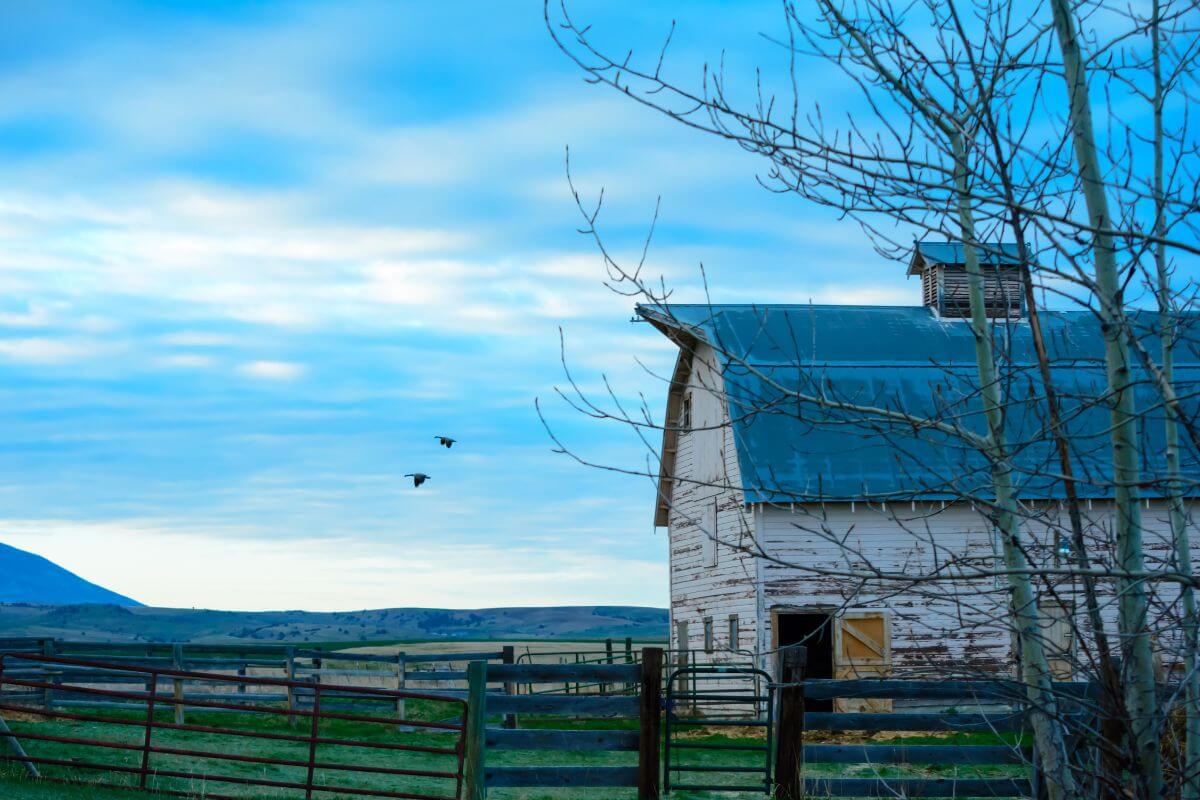
Delving into the intricacies of Montana’s economy unveils a landscape filled with unique challenges to navigate.
Here are some of the challenges the state faces in its quest for economic growth and development:
- Reliance on Traditional Industries – Montana heavily depends on industries like mining, agriculture, and tourism, but fluctuations in commodity prices, climate change, and shifting consumer trends pose significant hurdles to sustaining these sectors’ growth.
- Rural Geography and Infrastructure – Montana’s vast landscapes and scattered population create challenges in transportation and infrastructure development.
- Diversifying the Economy – While Montana seeks to attract high-tech industries and innovation, shifting focus to emerging sectors demands careful planning and investment, particularly on a national level.
- Skills Gap – The current demand for specialized skills outpaces the availability of a skilled workforce. Addressing this disparity through education and training programs can unlock further economic potential.
Embracing sustainable practices, investing in infrastructure, promoting innovation, and prioritizing workforce development are vital steps to securing a prosperous future for Montana’s economy.
The journey may be challenging, but the state’s economy is up for the adventure, ready to thrive amidst the changing landscape.
Montana Economy Final Thoughts
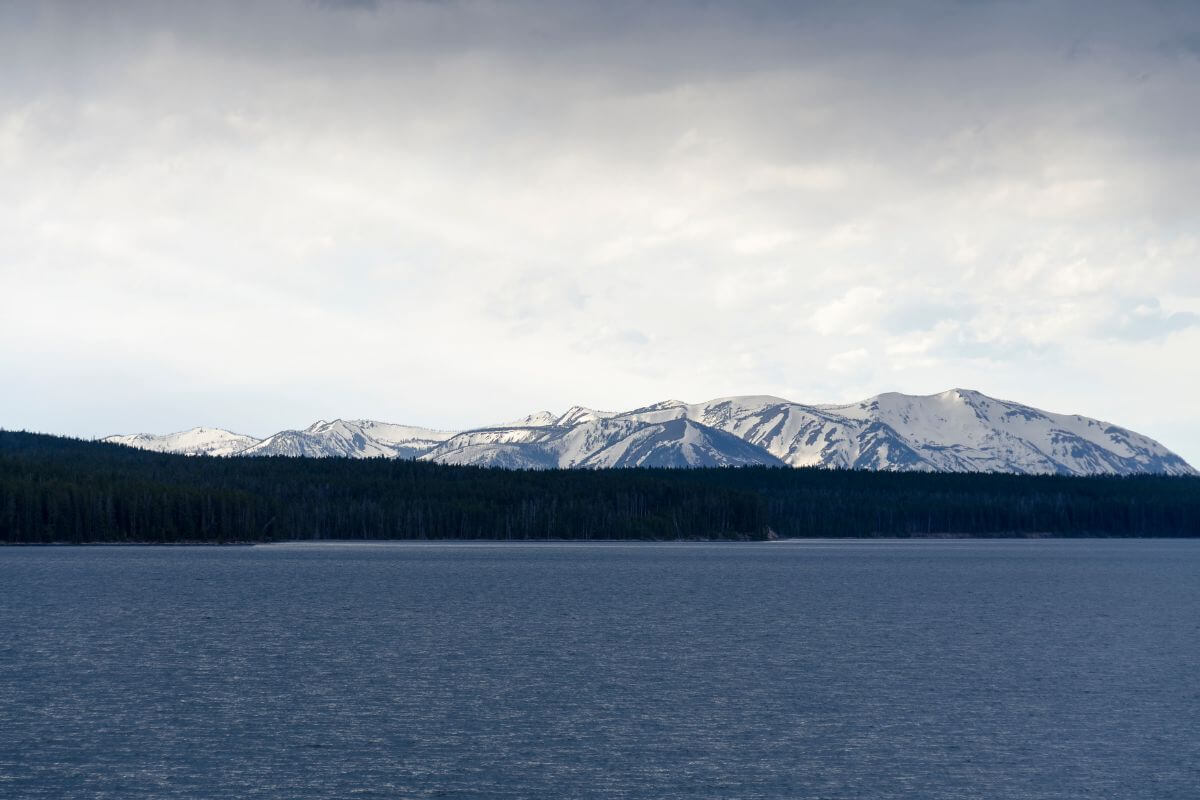
Montana’s economy thrives on mining, agriculture, and tourism, driven by abundant natural resources and fertile lands.
Yet, challenges persist due to rural geography, infrastructure limitations, and skill gaps, hindering future growth.
However, embracing diversification, innovation, and strategic investment paves the way for economic prosperity beyond traditional sectors.
By leveraging its strengths, Montana can achieve sustainable success, enriching the lives of its residents and shaping a prosperous future.
Montana Economy FAQs
1. Is Montana a Rich or Poor State?
The median household income in Montana was approximately $60,560 in 2021, below the national median, and the poverty rate was slightly higher than the national average.
Those numbers indicate that Montana tends to lean towards the lower end in terms of per capita income compared to the national average.
So while it is not at the lowest level in terms of wealth, it also isn’t a rich state, generally speaking.
2. What Is Montana’s Economy Ranked?
Montana’s economy was ranked as the 7th strongest in the nation in 2021, with a real gross domestic product (GDP) growth of 6.7%, outpacing the overall U.S. growth of 5.7%.
The state’s total GDP reached $59.3 billion in 2021, reflecting its robust economic performance at that time.
3. What Is Montana’s Biggest Resource?
Montana’s biggest resource lies in its rich mineral deposits.
The state’s unique position as the sole producer of palladium and platinum, along with its leading role in talc production, showcases the significance of these resources in the state’s economy.
4. Is Montana an Affordable State to Live In?
The median value of owner-occupied housing units is $263,700, and the median selected monthly owner costs, both with and without a mortgage, are $1,538 and $476, respectively. Additionally, the median gross rent is $886.
These figures suggest that Montana is a relatively affordable state to live in.
5. What Is Montana’s Gross Domestic Product (GDP)?
Montana’s GDP was $59.3 billion in 2021 in current dollars. This made it the 7th strongest GDP in the nation at that time.
If you’re eager to learn more about Montana’s Economy, feel free to explore these awesome articles and expand your knowledge today:

